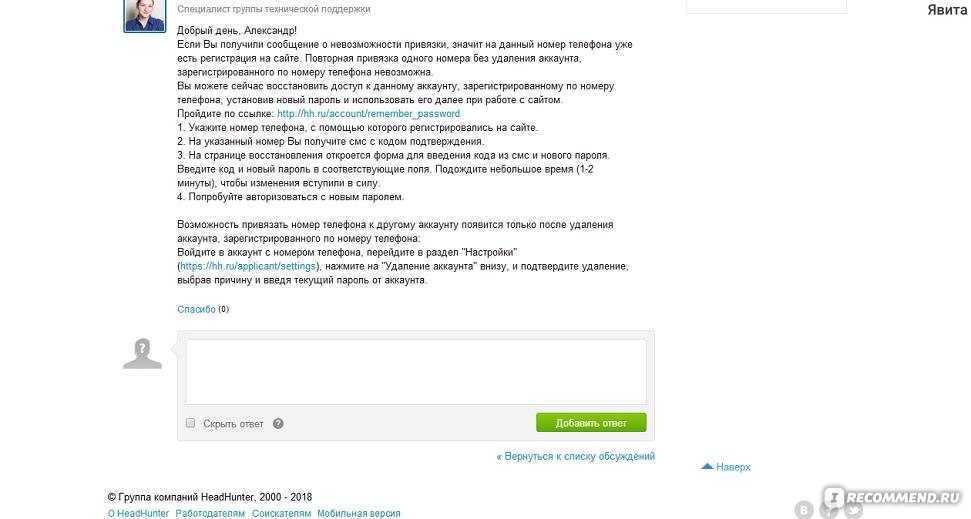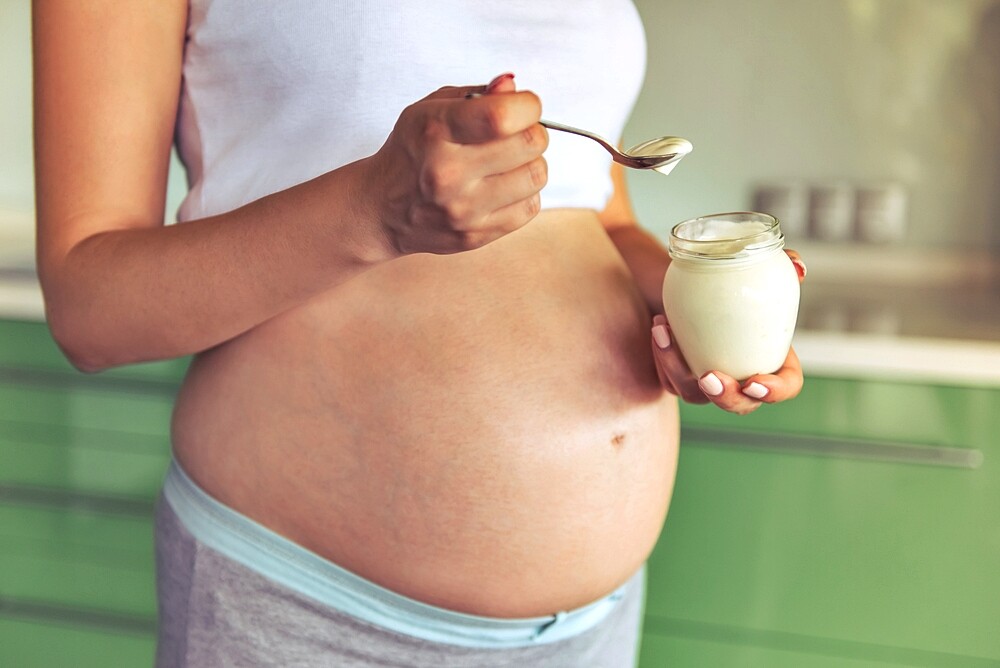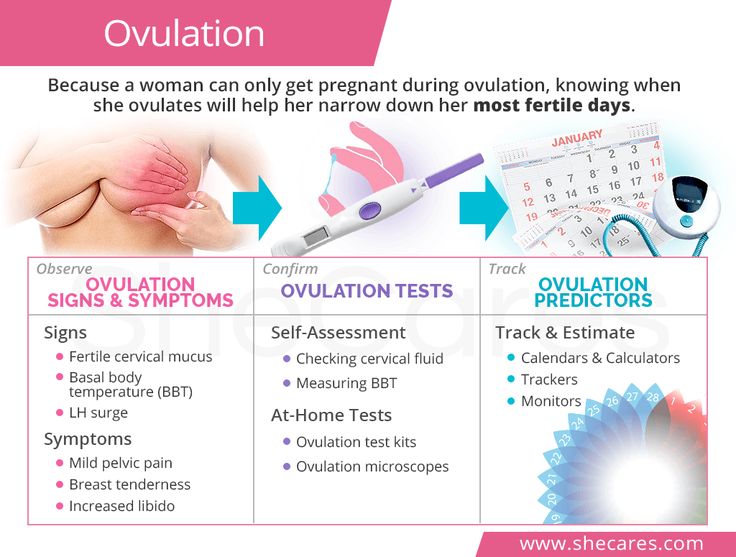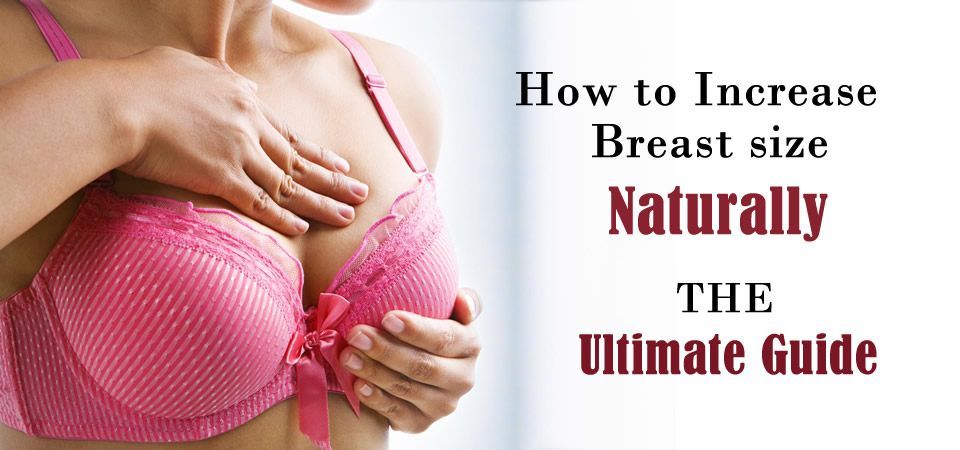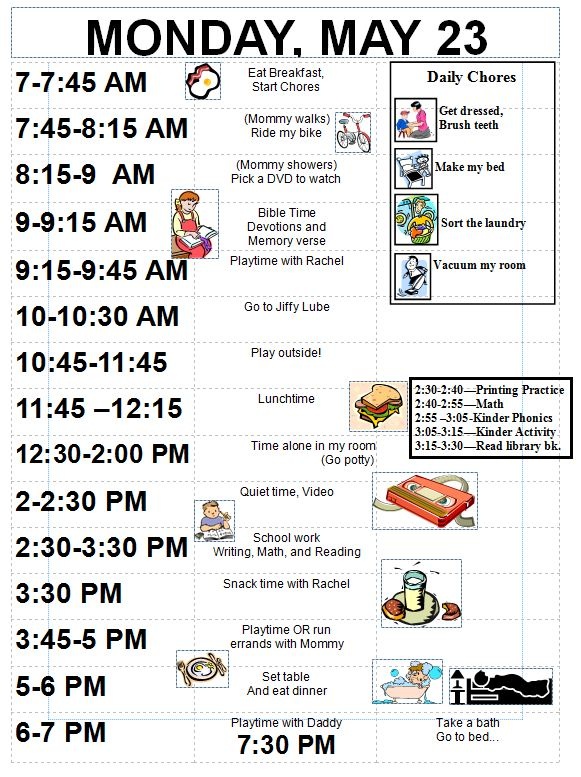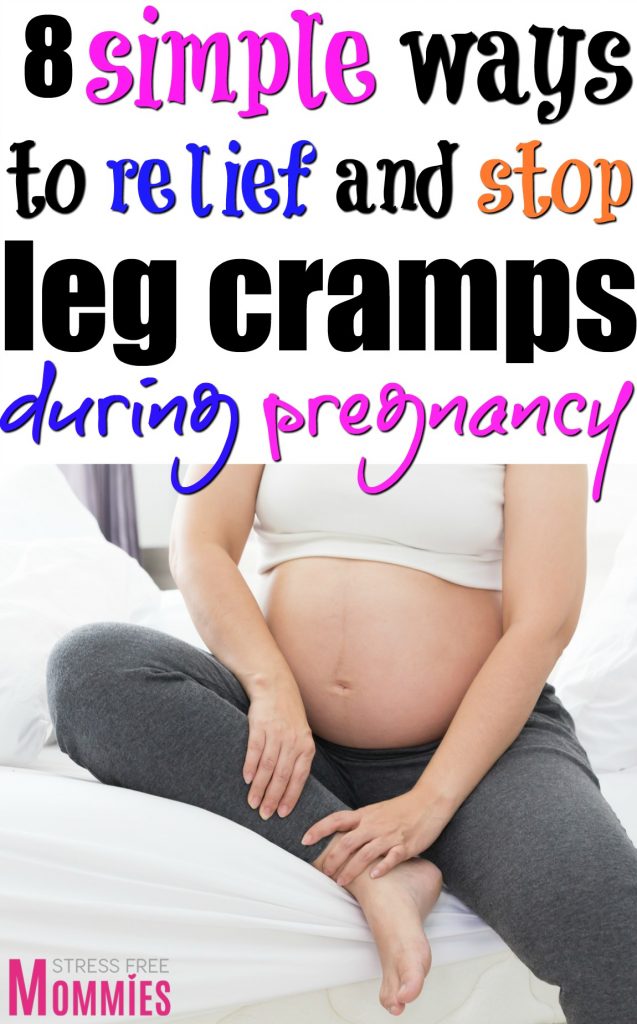Newborn nail care
Nailing It: How to Trim Your Baby's Fingernails
Log in | Register
Ages & Stages
Ages & Stages
By: Laura Jana, MD, FAAP & Jennifer Shu, MD, FAAP
Did you know that fingernails grow about 0.1 mm each day, and they grow faster in young people, in males, and in the summertime? Well, neither did we until we looked it up, but it certainly doesn't surprise us. While that may not seem like much on the surface, let us assure you that your newborn's nails will keep you busy. Keeping up with them as they continuously grow can be a very demanding task.
As far as we're concerned, the real purpose baby nails serve is to break you into parenthood. They will likely require trimming or filing at least once a week, because long nails on the hands of newborns with little to no control of them predictably result in stray scratches. If you happen to fall behind on your nail clipping, your baby will inevitably remind you (and make you feel guilty) by scratching his face when his nails get too long (or if you leave sharp corners or points when clipping).
Baby mittens: handy, up to a point
Many parents cover their newborn's hands with baby mittens or socks to prevent wayward nails from scratching their faces. As your baby develops over the next several weeks (and you become more skilled at nail clipping), though, it's a good idea to allow babies plenty of time during which they can freely explore with their hands. If scratches continue to be a problem, we suggest limiting covered time to when your baby is sleeping.
The baby mani-pedi
A handful of parents are intimidated by the prospect of having to cut their baby's nails and would probably opt for a professional manicure-pedicure if only it was generally available. No such luck.
If you're lucky, your hospital nurse will be able to help demonstrate the correct technique, but some hospitals discourage their personnel from doing so (we can only presume because any unintentional injury may be a liability problem). And while we aren't exactly recommending it (or admitting to doing it ourselves), we're well aware that some parents opt to bite or peel off their newborn's nails rather than fiddle with clippers or scissors. Be aware, however, that doing so can potentially lead to infection.
And while we aren't exactly recommending it (or admitting to doing it ourselves), we're well aware that some parents opt to bite or peel off their newborn's nails rather than fiddle with clippers or scissors. Be aware, however, that doing so can potentially lead to infection.
Newborn nail-trimming tips
Because clippers and scissors can trim nails in a more controlled fashion, you'll be much better off using one or the other (or both) or simply using a nail file to keep things under control. For best results:
- Trim or file your baby's nails when she's asleep and her hands are less of a moving target.
- Push down on the fingertip skin so you can get the clipper or scissors around both sides of the nail and avoid cutting your baby's finger (or toe).
- Then, just as a professional manicurist would, finish off any sharp or rough edges with an emery board and…voilà!
Not so bad after all, once you get the hang of it.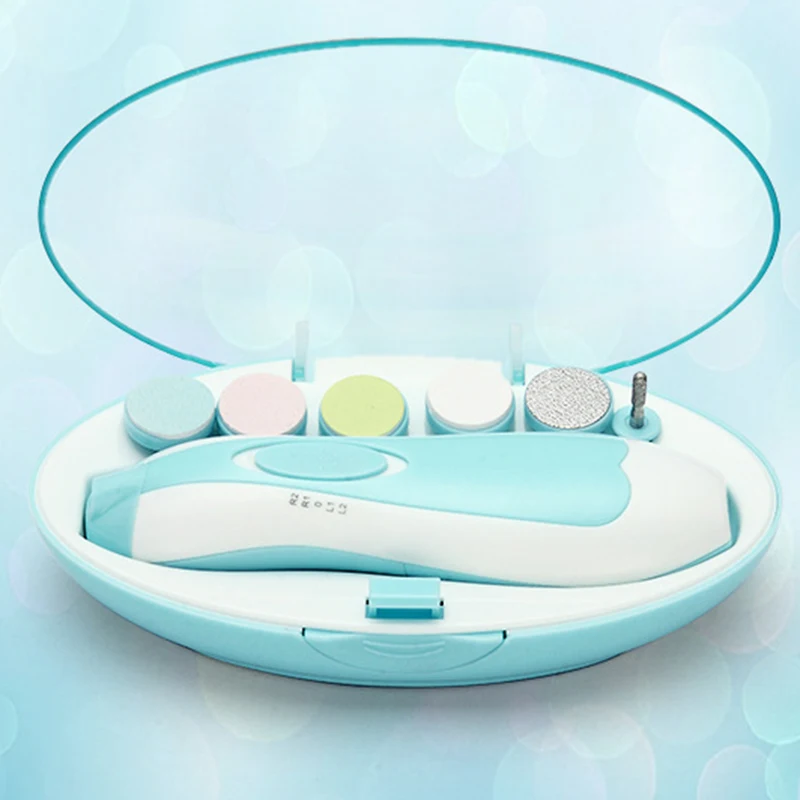
More information
First Month: Physical Appearance and Growth
Bathing & Skin Care
About the authors
| Laura A. Jana, MD, FAAP, is a pediatrician and mother of 3 with a faculty appointment at the Penn State University Edna Bennett Pierce Prevention Research Center. She is the author of more than 30 parenting and children's books and serves as an early childhood expert/contributor for organizations including the Maternal and Child Health Bureau, Primrose Schools, and US News & World Report. She lives in Omaha, NE. Jennifer Shu, MD, FAAP, is a practicing pediatrician, author, and mom in Atlanta. Dr. Shu is co-author of Heading Home with Your Newborn and Food Fights. A frequent guest on national and local television, radio, and web-based programs, she is serves as medical editor for HealthyChildren.org, is the Living Well health expert for CNN.com, contributes medical information to BabyCenter and WebMD. |
- Last Updated
- 11/23/2020
- Source
- Heading Home With Your Newborn, 4th Edition (Copyright 2020 American Academy of Pediatrics)
The information contained on this Web site should not be used as a substitute for the medical care and advice of your pediatrician. There may be variations in treatment that your pediatrician may recommend based on individual facts and circumstances.
How to Cut Baby’s Nails Without Stressing Out
Cutting baby’s nails can be a terrifying proposition for any new parent. Is it safe? How do you actually go about it? What if you accidentally cut baby’s finger? Since you can’t pay your pediatrician to trim those baby nails for you (we’ve tried), here’s what to keep in mind.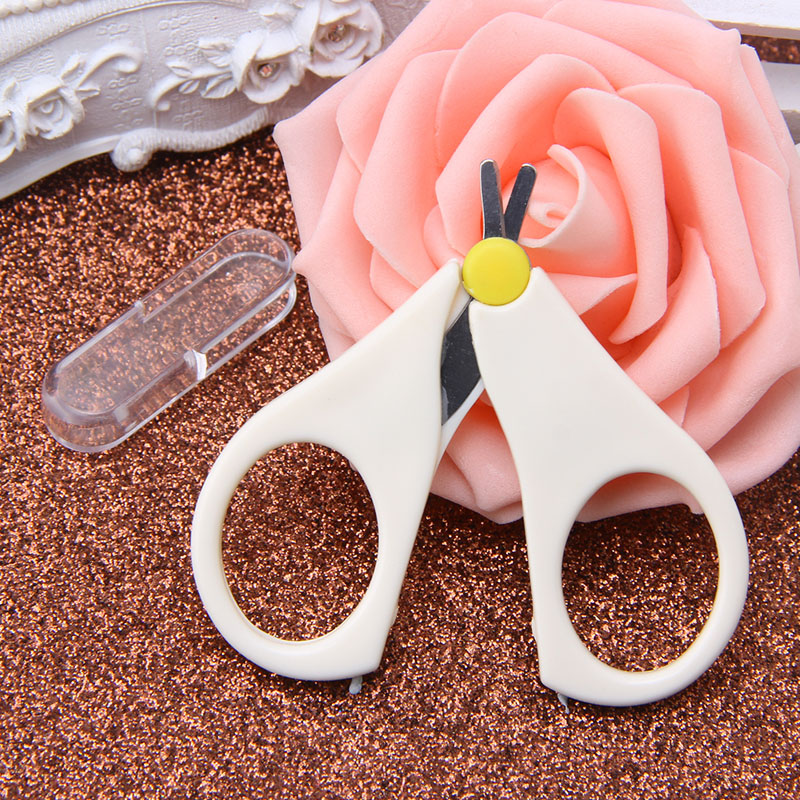
In this article:
Do you really need to cut baby’s nails?
How to file baby’s nails
How to cut baby’s nails
What to do if you cut baby’s finger
Do You Really Need to Cut Baby’s Nails?
Unfortunately, yes. This is one of those things you really don’t want to do as a parent but have to anyway. “Cutting baby’s nails is important to keep the nails clean and to help baby avoid unwanted and unintentional scratches,” says Dane Snyder, MD, section chief of ambulatory pediatrics at Nationwide Children’s Hospital in Columbus, Ohio.
As for when to cut baby’s nails, there’s really no set time—you should do it whenever they’re long. But keep in mind that baby nails grow faster than adults’, and typically require trimming around once a week, says Kristen Slack, MD, a pediatrician at Children’s Hospital of Philadelphia. Some babies are born with long fingernails, so you should start filing or cutting newborn nails right away. However, you may need to trim those baby toenails less frequently.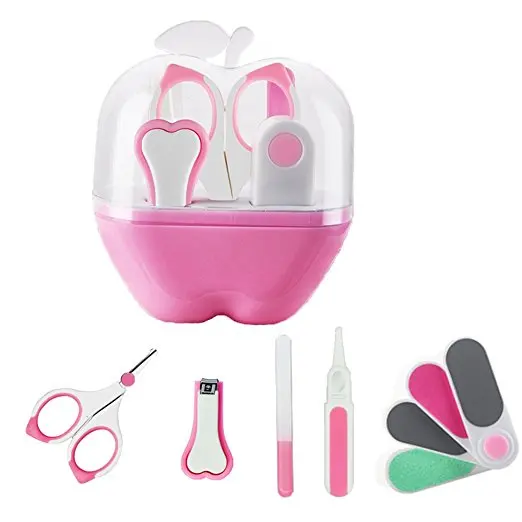 “Often, toenails don’t grow as quickly in the newborn period, so you may notice they don’t need to be trimmed as often as fingernails,” Snyder says.
“Often, toenails don’t grow as quickly in the newborn period, so you may notice they don’t need to be trimmed as often as fingernails,” Snyder says.
Once you’ve resigned yourself to the reality that baby nails need a regular trim, there are a couple ways to approach the task: You can use a nail file to sand the nails down or nail clippers to cut them. Read on to learn the proper technique for both methods.
How to File Baby’s Nails
Every pediatrician is different, but “I generally recommend families exclusively file a newborn’s nails for the first few months of life,” Slack says. “Even the most careful parent can accidentally snip a baby’s fingertip with scissors or clippers.”
First, get your hands on a baby nail file (they tend to be smaller than adult versions), says Gina Posner, MD, a pediatrician at MemorialCare Orange Coast Medical Center in Fountain Valley, California. Then file baby’s nails to shorten them, rounding the edges so the corners aren’t sharp.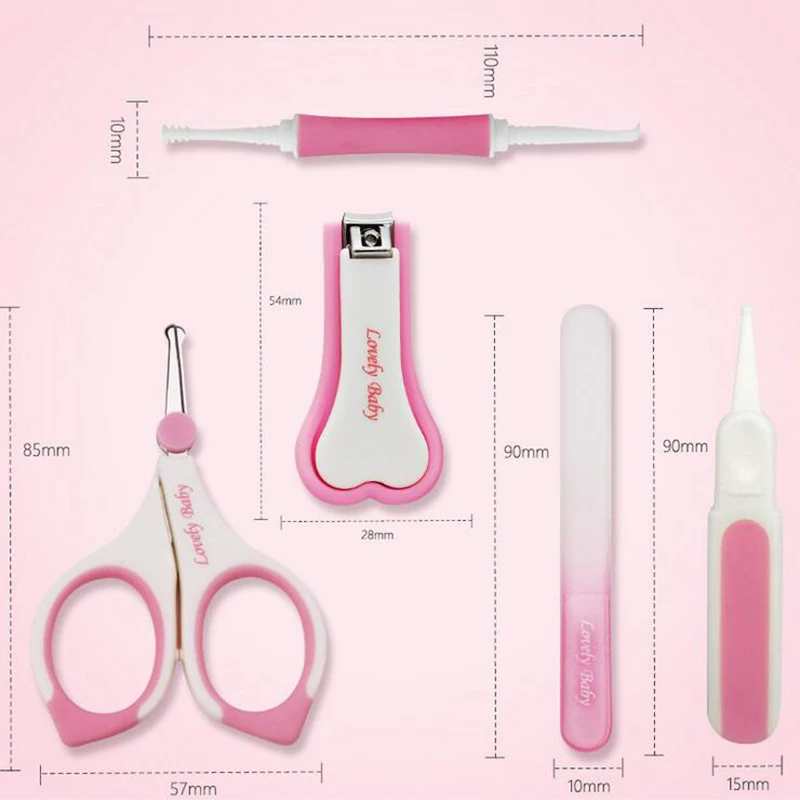 “It’s often easier to file baby nails after bathing, when they’re softer than usual, or while baby is sleeping, when they’re more still than usual,” Slack says. Same goes for baby toenails.
“It’s often easier to file baby nails after bathing, when they’re softer than usual, or while baby is sleeping, when they’re more still than usual,” Slack says. Same goes for baby toenails.
How to Cut Baby’s Nails
Filing lowers the odds of accidentally cutting baby’s finger, but “sometimes baby nails are bendable, so it’s hard to file them,” Posner says.
To cut baby’s nails, get a baby nail clipper (many have safety guards to lower the risk of cutting baby). You probably won’t be able to get a rounded nail corner with clippers, so it’s often helpful to file down sharp corners afterward, if you can, Slack says. We’re not going to lie: That first baby mani-pedi can bring on heart palpitations. But you’ll get the hang of it pretty quickly.
It can be tempting to skip cutting those baby nails altogether and bite them down instead—but resist the urge. “Parents shouldn’t use their teeth to avoid risk of infection and create a more controlled trimming process,” Snyder says.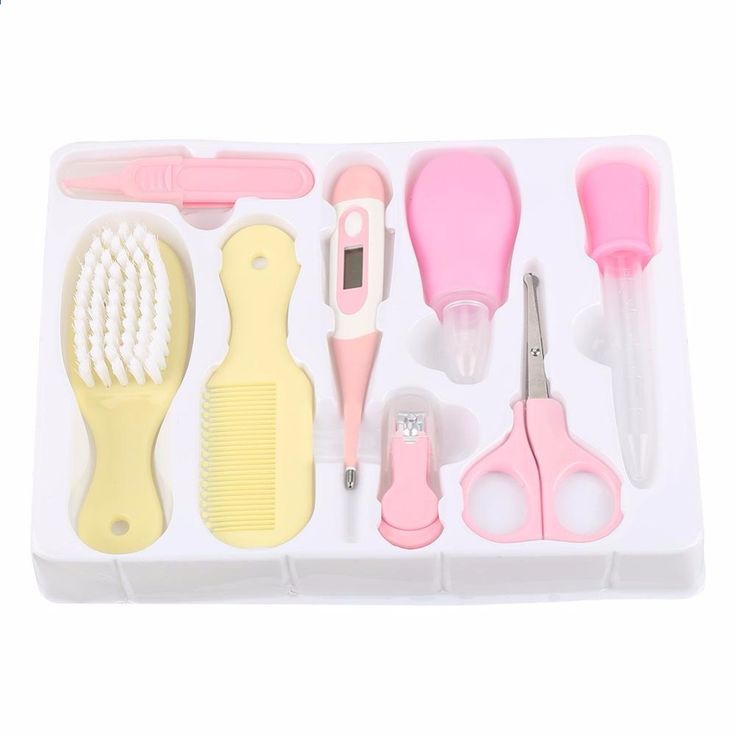 You’ll also want to take a pass on tearing off the nails. “Definitely don’t tear,” Posner says. “You can tear too low and injure your child.”
You’ll also want to take a pass on tearing off the nails. “Definitely don’t tear,” Posner says. “You can tear too low and injure your child.”
What to Do If You Cut Baby’s Finger
No matter how careful you are, pinching baby’s skin is a distinct possibility. If you do happen to cut baby’s finger, you’ll probably feel terrible–but you definitely wouldn’t be the first parent to do it.
First things first: Don’t freak out. Instead, try to assess the wound. “If you cut a lot, go to the ER,” Posner says. If it doesn’t look severe, Slack recommends applying pressure with a clean towel until the bleeding stops, then gently clean the area with soap and water. “If the cut continues to bleed after a few minutes, call your pediatrician for advice,” she says. You should also call your pediatrician if you see any redness, swelling or pus-like discharge from the injury or nailbed.
You can apply Neosporin to the cut twice a day until a scab forms—but skip the Band-Aid, since it can be a choking hazard.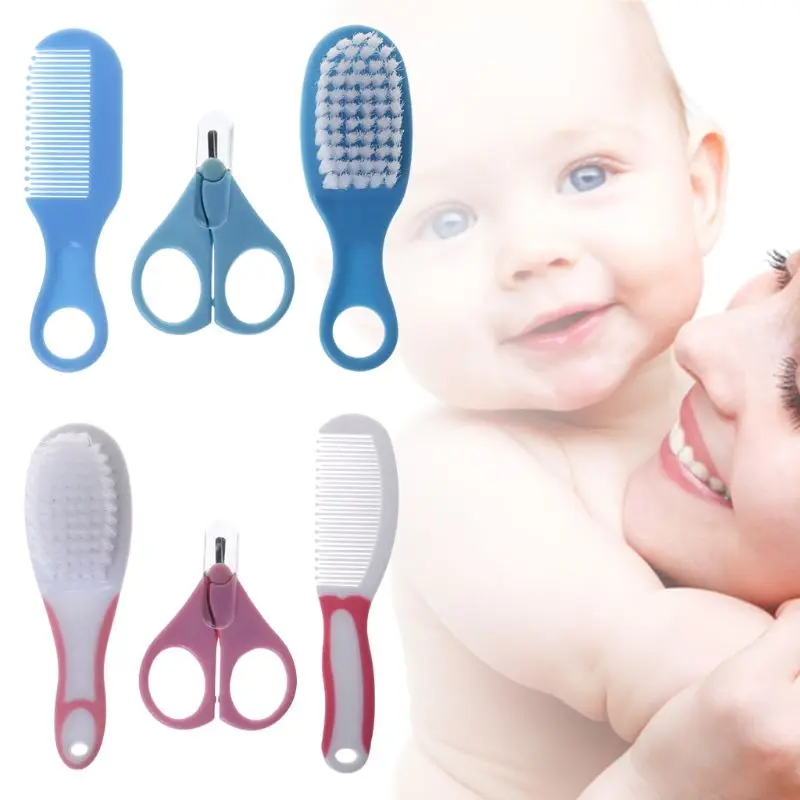 “If a bandage is necessary, you’ll need to tape or securely cover the area to prevent any pieces from coming loose,” Slack says. Also, don’t suck on the wound with your mouth, since you don’t want to introduce any bacteria.
“If a bandage is necessary, you’ll need to tape or securely cover the area to prevent any pieces from coming loose,” Slack says. Also, don’t suck on the wound with your mouth, since you don’t want to introduce any bacteria.
If you cut baby’s finger, rest assured it’s likely no big deal. “Most people just cut a tiny bit of skin, which is terrifying,” Posner says. “But the reality is, it’s going to heal just fine.”
Published December 2018
Please note: The Bump and the materials and information it contains are not intended to, and do not constitute, medical or other health advice or diagnosis and should not be used as such. You should always consult with a qualified physician or health professional about your specific circumstances.
Plus, more from The Bump:
The Best Baby Nail Clipper for Stress-Free Nail Care
Baby’s First Bath: How to Bathe a Newborn
Cradle Cap 101: How to Spot and Treat It
Daily newborn care > Printable version
Basic procedures
What is daily newborn care, how to wash your baby and care for the umbilical wound, how to change diapers, care for nails, feed and walk with the baby - about we will describe these basic procedures for caring for a newborn in our article.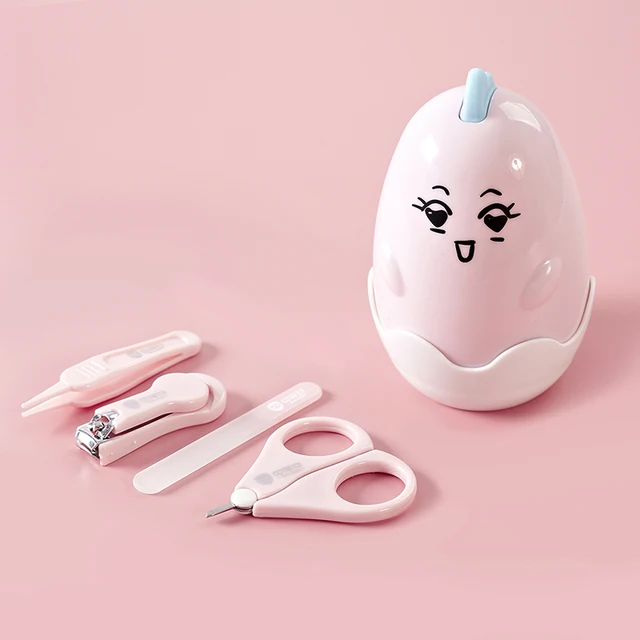
When it comes time to return home with a newborn from the maternity hospital, every mother begins to worry about how she will take care of her child without the help and competent advice of medical staff. nine0005
Without exception, all mothers are worried about whether they will be able to provide their child with the care necessary for his healthy growth: properly bathe the baby, cut off his nails, treat the umbilical wound.
Therefore, before mothers cross the threshold of their home, they have many questions about caring for a child: is it worth washing the baby after each urination, what is the best way to treat the navel: brilliant green or calendula tincture?
Today we will try to find answers to the main questions about the hygiene of the child and talk about the basic procedures for daily care of the baby. nine0007 Newborn's morning toilet
Like every person, a baby should wash his face in the morning, of course, his mother should help him in this.
After the newborn wakes up, strip him naked, let him lie naked for a while - this is good for the baby's skin. Then carefully examine the baby, check for redness on the skin, prickly heat. If there is, then prepare a baby cream to lubricate problem areas after washing the baby.
The baby is washed with cotton pads soaked in warm boiled water. Washing the newborn is carried out from top to bottom. nine0007 Wipe your baby's eyes from the outer edge to the inner. For the hygiene of each eye, it is recommended to take a new cotton pad.
Gently wipe the baby's face with a damp cotton pad, the outside of the ears, the skin behind the ears, and the neck.
Listen to the baby's breathing, it should be free. If breathing is difficult, clear your baby's nose. To do this, you can use a special saline solution for children under one year old and an aspirator (a device that helps suck out mucus).
You can also use two small cotton swabs soaked in baby oil to remove scabs from your nose.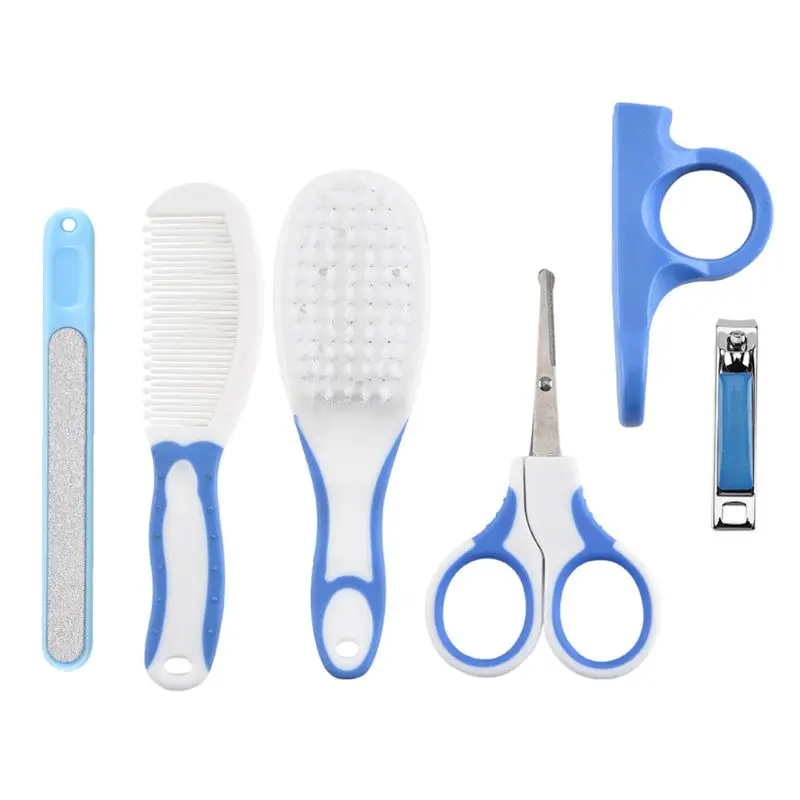 The flagella must be carefully inserted alternately into each nostril of the child's nose and scrolled several times. If the baby's nose breathes well, then it does not need to be cleaned. nine0007 Then it is necessary to wipe all the folds of the baby's skin with a damp cotton pad, change the child's dirty diaper to a clean one, washing the baby or using baby wipes to cleanse the skin.
The flagella must be carefully inserted alternately into each nostril of the child's nose and scrolled several times. If the baby's nose breathes well, then it does not need to be cleaned. nine0007 Then it is necessary to wipe all the folds of the baby's skin with a damp cotton pad, change the child's dirty diaper to a clean one, washing the baby or using baby wipes to cleanse the skin.
Caring for the umbilical wound
During the newborn period, the umbilical wound is a special place on the body of a child, it requires careful care.
As a rule, the umbilical wound is treated once a day, this can be done after bathing, when all the crusts are soaked from the water and the mucus is washed out. nine0005
How to treat the navel of a newborn? There are several ways to treat the umbilical wound, each of them is quite effective: dry the navel for a few minutes;
 nine0043
nine0043 Advice on which navel cleaning method to use is usually given by the nurses at the maternity hospital, as well as by the health visitor who will visit your baby during the first month of life.
Important! If you notice that the skin around the umbilical wound is inflamed, be sure to consult a doctor.
If you see that the umbilical wound does not heal within a month, it is better to take the child to the doctor. Usually, up to 14 days of life, the umbilical residue disappears and the wound heals. nine0005
Washing the newborn
Wash your baby under running water after each bowel movement.
It is convenient to wash your newborn like this:
Place the baby on your stomach on your left palm facing you or with his back on your forearm with his head towards you.
Place the child's lower body under running water.
Lather baby's buttocks and genitals with baby soap (liquid soap for babies is better, it's easier to use).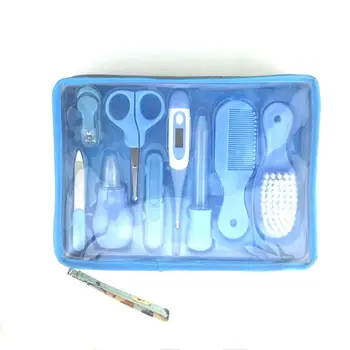
Then rinse the soap thoroughly with water, pat the baby's skin dry with a towel or diaper. nine0007 If the baby has just urinated into the diaper, then you can not wash it, but use wet wipes when changing the diaper. Choose special baby wipes that are fragrance- and alcohol-free.
Changing diapers
Most often, mothers use disposable diapers for baby care. There are a few simple rules that are important to follow in this case:
When using them, remember that the child should not be in one disposable diaper for more than 4 hours. nine0007 Putting a diaper on a newborn should be done in such a way that the umbilical cord is not covered. This is necessary for the fastest healing of the umbilical wound.
It is desirable that a few hours a day the baby just lie on the diaper without a diaper, so that the skin can breathe.
It is also important to ensure that diaper rash does not form on the skin under the diaper. To prevent diaper rash, it is necessary to dress the baby according to the weather, that is, do not overheat it, and you can also use a special diaper cream.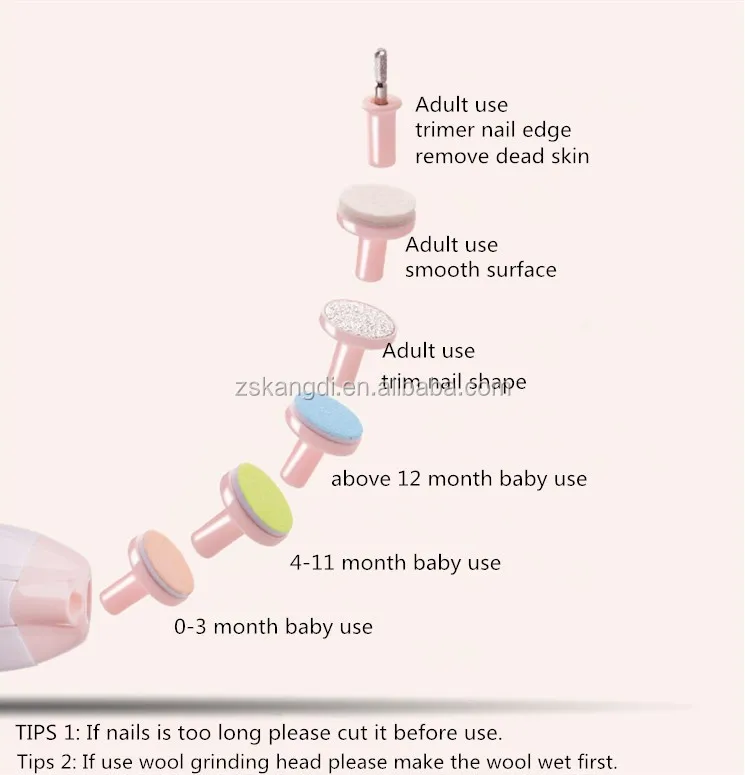 nine0005
nine0005
If diaper rash has already formed, you need to see a doctor, he will recommend a remedy for their healing, most likely it will be a cream containing dexpanthenol, an effective healing medicine.
Of course, it is better to prevent diaper rash, as they can be very painful and disturb the baby.
Bathing a newborn
All mothers are interested in the question: when can you start bathing a child after discharge from the hospital?
“You can bathe the child immediately after discharge, but if you have been vaccinated with BCG, but within a day or two after the vaccination, it is better not to bathe the child so as not to wet the injection site.” nine0005
After the umbilical wound has healed, you can already bathe your child in a regular bath in tap water, gradually increasing the bathing time from 5 minutes to 30-40.
Every day while bathing the child, it is necessary to wash his genitals and buttocks, 1-2 times a week you need to wash the whole baby with soap, and also wash the child's head with a special baby shampoo.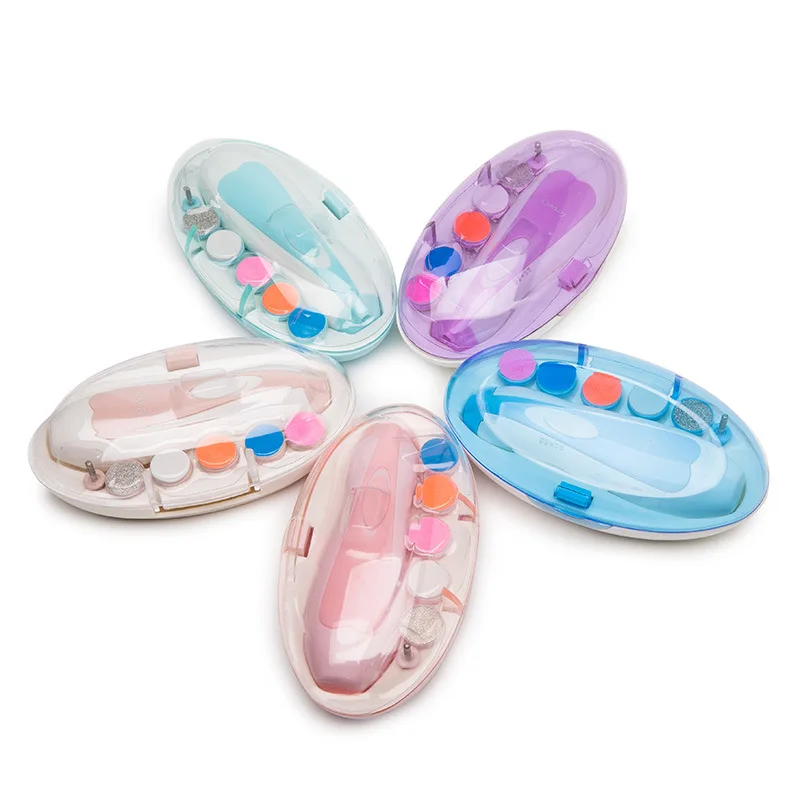
Important! Always bathe your child with the bathroom door open, because this child will not be so cold after you take him out of the water, as the temperature difference will not be too big. nine0005
Each time the baby should be lowered into the water slowly, starting from the legs. In the water it is necessary to support the entire body of the child. If water gets into the baby's ears or eyes while bathing, it's not scary, it's quite natural!
From the first days of life, you can start easy hardening of the child. To do this, before you start bathing the baby, prepare and place a vessel with water in the bathroom, the temperature of which will be 0.5-1 degrees lower than the temperature of the water in the bath. At the end of the bath, pour water over the child from this vessel. nine0005
After bathing the baby, blot with a diaper or towel, but do not dry it, as this procedure can damage the delicate baby skin.
You also need to prepare two small cotton buds and gently twist them into the baby's ears so that the cotton absorbs the water that got into the ears during the bath. After the baby's skin is dry, it is advisable to treat the folds with baby oil.
After the baby's skin is dry, it is advisable to treat the folds with baby oil.
Newborn nail care
Baby's nails should be cared for 1-2 times a week, as children's nails grow very quickly. To cut nails, you need to purchase special scissors with rounded ends. On the legs, the nails should be cut evenly, and on the hands - rounding the edges. nine0007 Walking with the baby
In summer, you can walk with your baby the day after discharge from the maternity hospital. It is advisable to protect the child from direct sunlight. It is better to go for a walk in the summer either in the morning (before 10 am) or in the evening (after 6 pm), at this time it is not so hot.
In winter, walks are recommended to start 2-3 days after discharge from the hospital. If the temperature outside is below 10 degrees, it is better not to go for a walk with the baby.
The first walk should be very short - 10-15 minutes. Then every day it is worth walking for 10 minutes longer.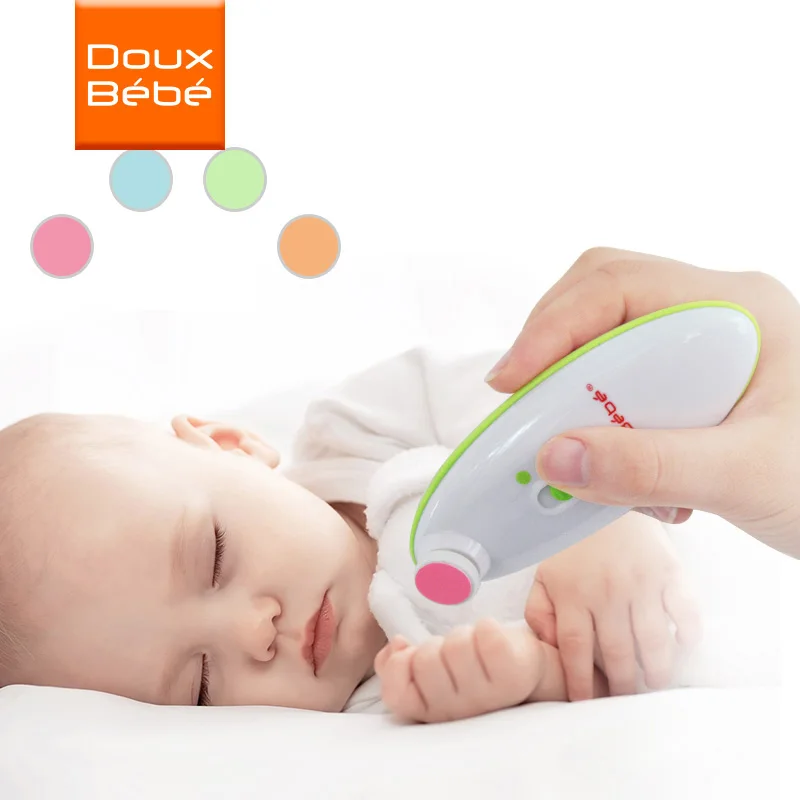 nine0005
nine0005
When preparing for a walk with the baby, mothers usually doubt whether they have dressed the baby correctly. In order not to miscalculate with clothes, you should always follow a simple rule - there should be as many clothes on the baby as on you, plus one more layer. So the baby will be comfortable.
Of course, during a walk it is worth checking the condition of the child. In the summer, it is important not to overheat the baby: if the child turns red, then it is worth taking something off him, he is hot.
In winter, there is a high risk of freezing. If the baby is cold, he will have cold hands, feet and nose, in which case an extra blanket will not hurt. nine0005
A.H. Abzalova,
neonatologist
Newborn nails, nose, hair care • what accessories are needed
How to care for a newborn? When the little things matter the most!
We help you choose useful baby care accessories.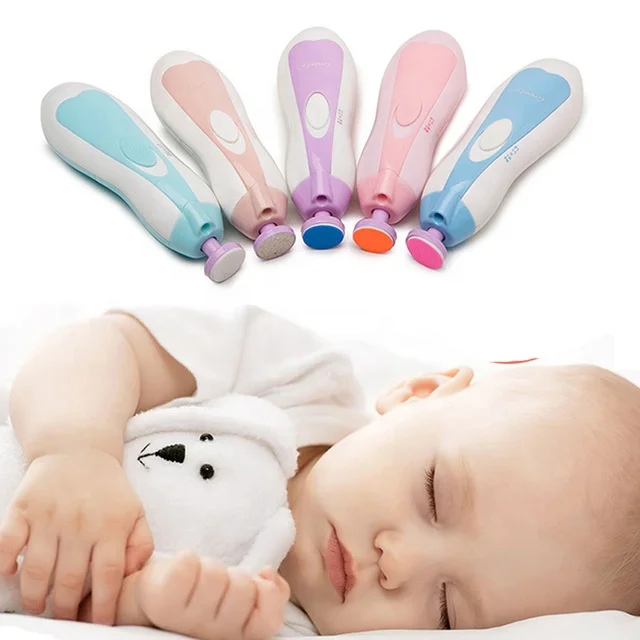 How to cut the nails of a newborn, clean the nose and comb the hair? What accessories are needed for mandatory hygiene procedures? nine0005
How to cut the nails of a newborn, clean the nose and comb the hair? What accessories are needed for mandatory hygiene procedures? nine0005
Cleanliness and tidiness is the most important condition for the proper care of the baby, which is provided by parents. On the other hand, these mandatory procedures should not cause anxiety and discomfort in the baby. Therefore, there is a whole set of “helpers”, which are also called accessories for caring for a newborn.
Newborn Nail Care
It's impossible not to be touched by these tiny fingers. Yes? But what to do with those long nails? Cut and cut as quickly as possible, until the crumbs scratched themselves and hurt the gums. Some babies have to cut their nails already in the hospital, and on average, they will have to carry out a mandatory hygiene procedure once every 7-10 days. nine0005
How to cut the nails of a newborn? The most necessary accessory is scissors with rounded ends. Or you can buy nail clippers if you are very afraid to cut your newborn's nails with scissors.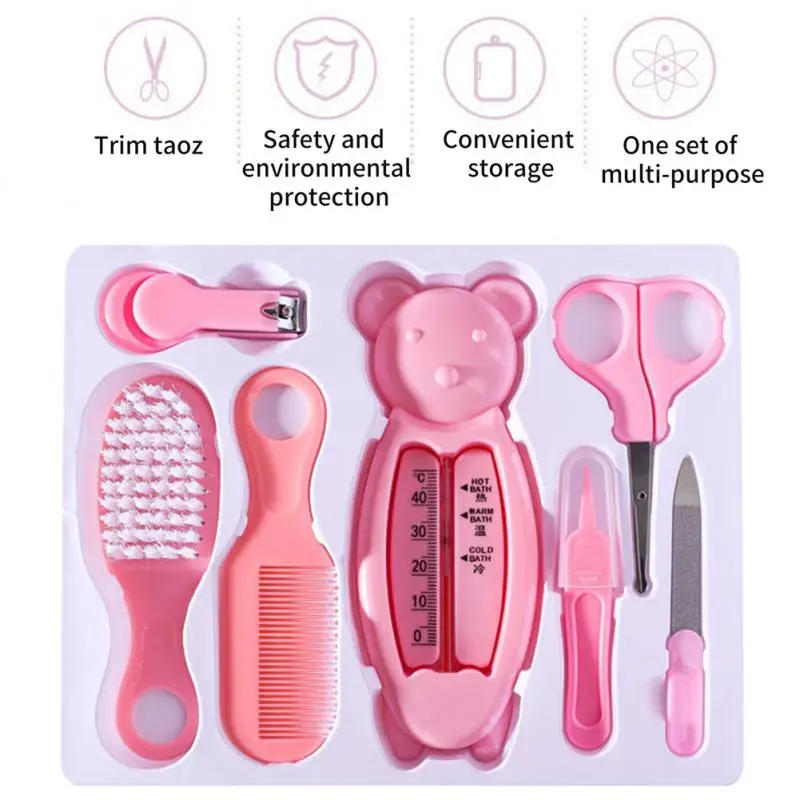 Some manufacturers produce whole sets, which include scissors with rounded edges, tweezers and a nail file.
Some manufacturers produce whole sets, which include scissors with rounded edges, tweezers and a nail file.
Let's note right away that this is not the most favorite procedure for kids, so you need to cut your nails quickly. Experienced mothers also advise:
- Do not trim your child's nails immediately after bathing as baby's nails become soft and flexible.
- During the procedure, the handle and each finger must be tightly fixed.
- It is possible to trim the nails of a newborn in a dream.
- Clean the accessories before and after the procedure, make sure that the scissors are not dull.
A convenient storage option is scissors with a cap. Also a very convenient option for storing accessories is an organizer. For example, Babyhood produces roomy organizers with a carrying handle. nine0005
They will fit not only accessories, but also newborn cosmetics and even diapers. Several pull-out compartments, where it will be possible to place the most necessary things and what should be at hand for mom.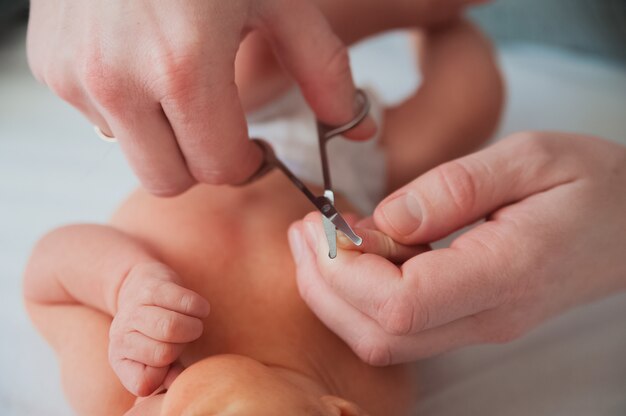
By the way, this is a great idea for a gift for a newborn, especially since Babyhood produces organizers that are traditionally chosen by color for a newborn boy or girl.
Newborn Nose Care
How do I clean my baby's nose? With the help of a special accessory called an aspirator. If the baby has crusts in the nose or discharge, and the baby cannot clear the nose on its own with the help of sneezing, then use an aspirator. nine0005
Canpol babies offers a silicone nasal aspirator with a transparent container, which is very convenient because it allows you to see the contents.
BabyOno offers to buy an electronic aspirator with manual and automatic modes, interchangeable nozzles and soothing melodies. The device can be used even when the child is sleeping.
Before using the aspirator, it is recommended to inject a small amount of saline into each nostril of the newborn, and then follow the instructions.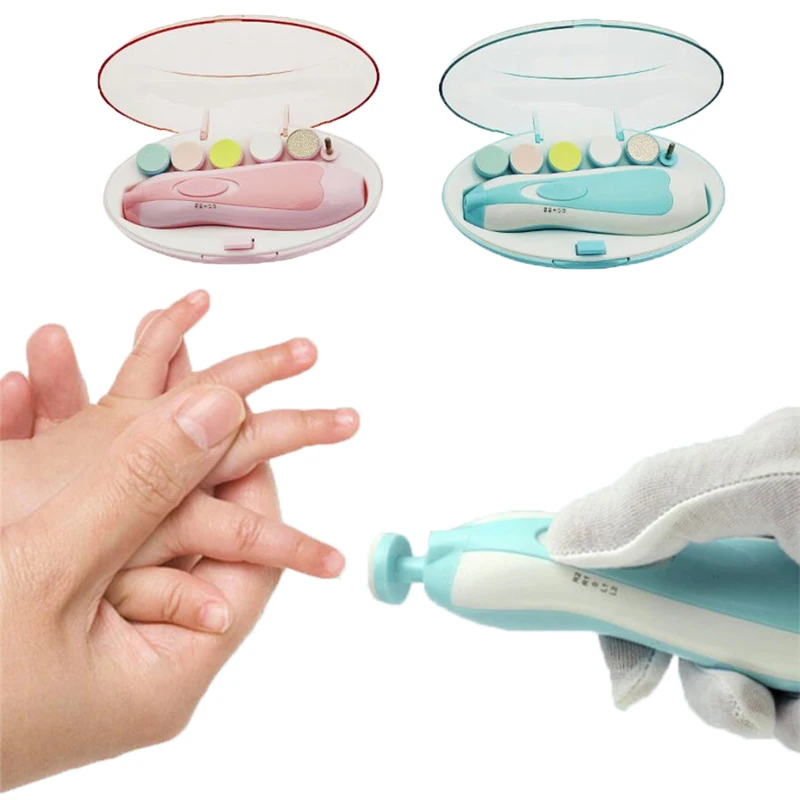 Some mothers instill 1 drop of baby oil in each nostril and carefully remove the crusts with a cotton swab folded into a flagellum. nine0005
Some mothers instill 1 drop of baby oil in each nostril and carefully remove the crusts with a cotton swab folded into a flagellum. nine0005
In any case, do not forget to take care of your newborn's nose, otherwise the baby will have difficulty breathing, become restless and refuse to breastfeed (bottle).
Newborn hair care
Hair like fluff or scabs on a baby's head also needs to be taken care of. What to choose: a comb, a brush with soft bristles or a comb? Each accessory has its own useful purpose.
Combing your baby's hair immediately after bathing is not recommended. This can damage the structure of the hair, and they will begin to fall out. Wet hair must first be dried, and then use a brush with natural soft bristles. Move in the direction of the baby's hair growth with gentle movements. nine0005
The blunt-toothed comb is perfect for babies with long thick hair. Gently divide the hair into strands with a comb and comb from the end, moving to the root of the hair so that in no case pull the skin on the baby's head.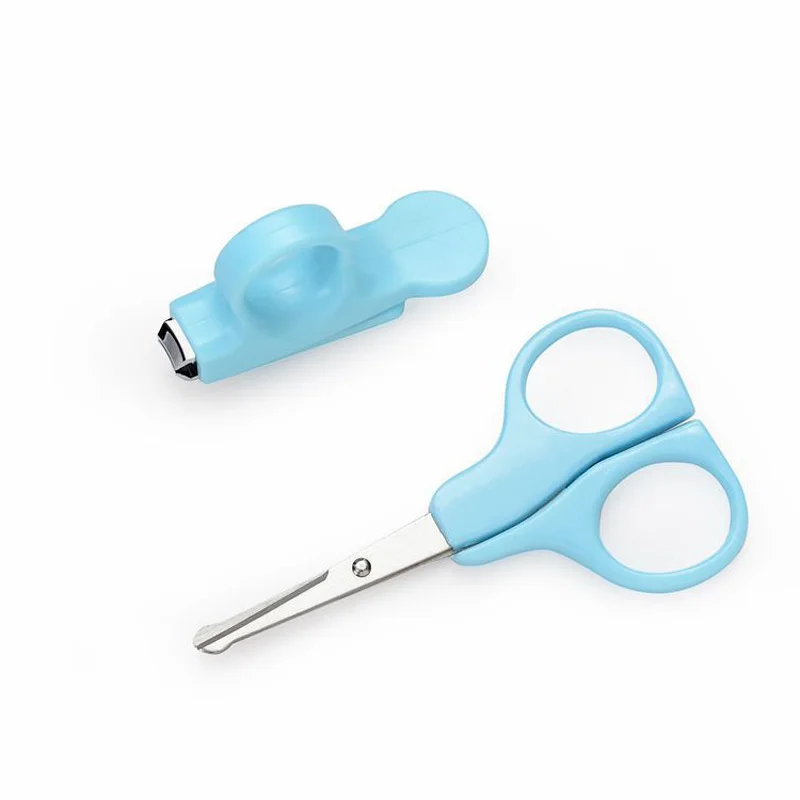 Better hold the strands with your hands, and if you can’t comb the “tangles”, then it’s better to cut them off.
Better hold the strands with your hands, and if you can’t comb the “tangles”, then it’s better to cut them off.
A toothed comb and comb will also help when you need to clear your newborn's head of scabs. Scales are usually visible on the fontanel, crown and forehead of the infant. Before washing the head, the child needs to rub the baby oil with massage movements, leave for half an hour, and then wash the hair thoroughly. After that, use a comb or comb with frequent teeth to comb out the crusts. nine0005
Which cosmetics for a newborn should I choose? We have collected everything you need in the Karapuzov blog review.
Accessories for newborn care on the “Baby Package” card
. Leave an order on the site and pay for the purchase with the “Pakunok Malyuka” card.
In the cities of Kharkiv and Sumy come to Karapuzov supermarkets. Where you can also pay with the “Pakunok Malyuk” card and buy everything a newborn needs.
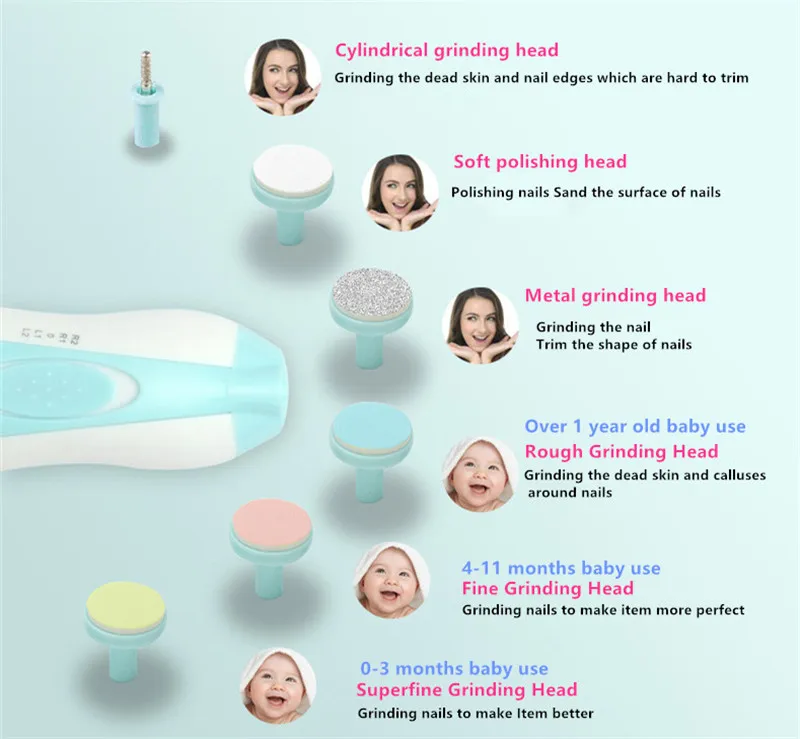 com, and serves on the Parents magazine advisory board.
com, and serves on the Parents magazine advisory board.
